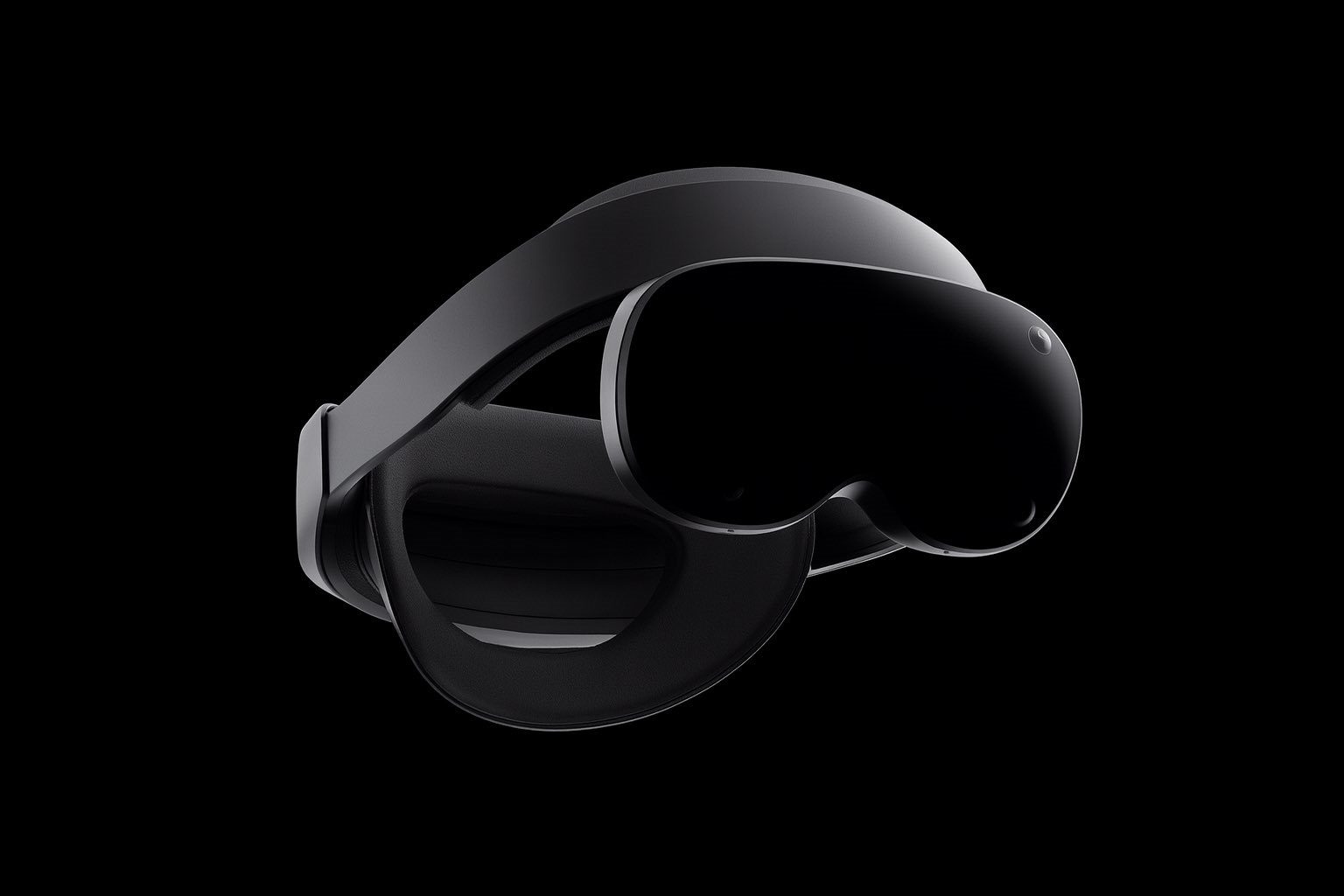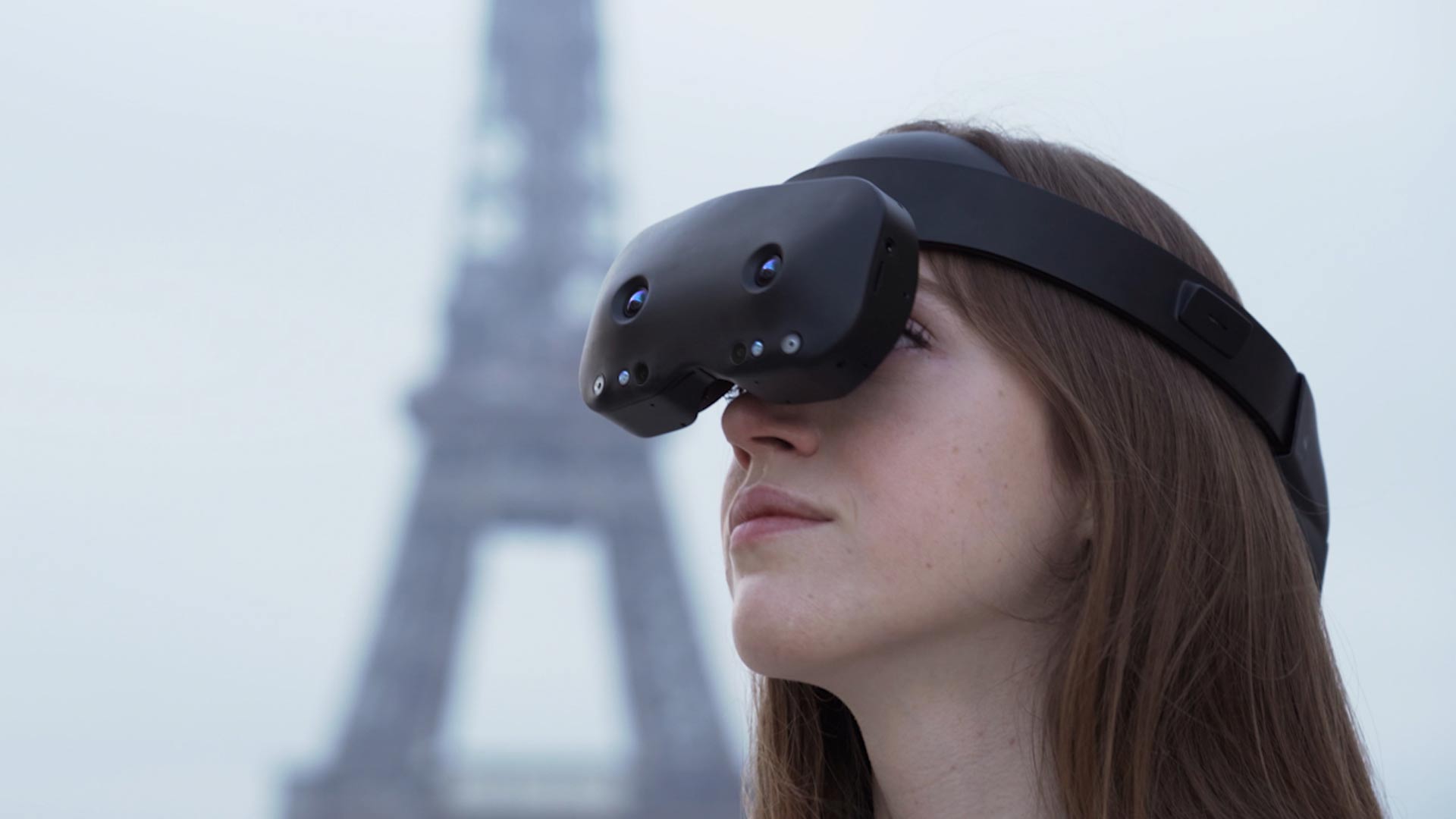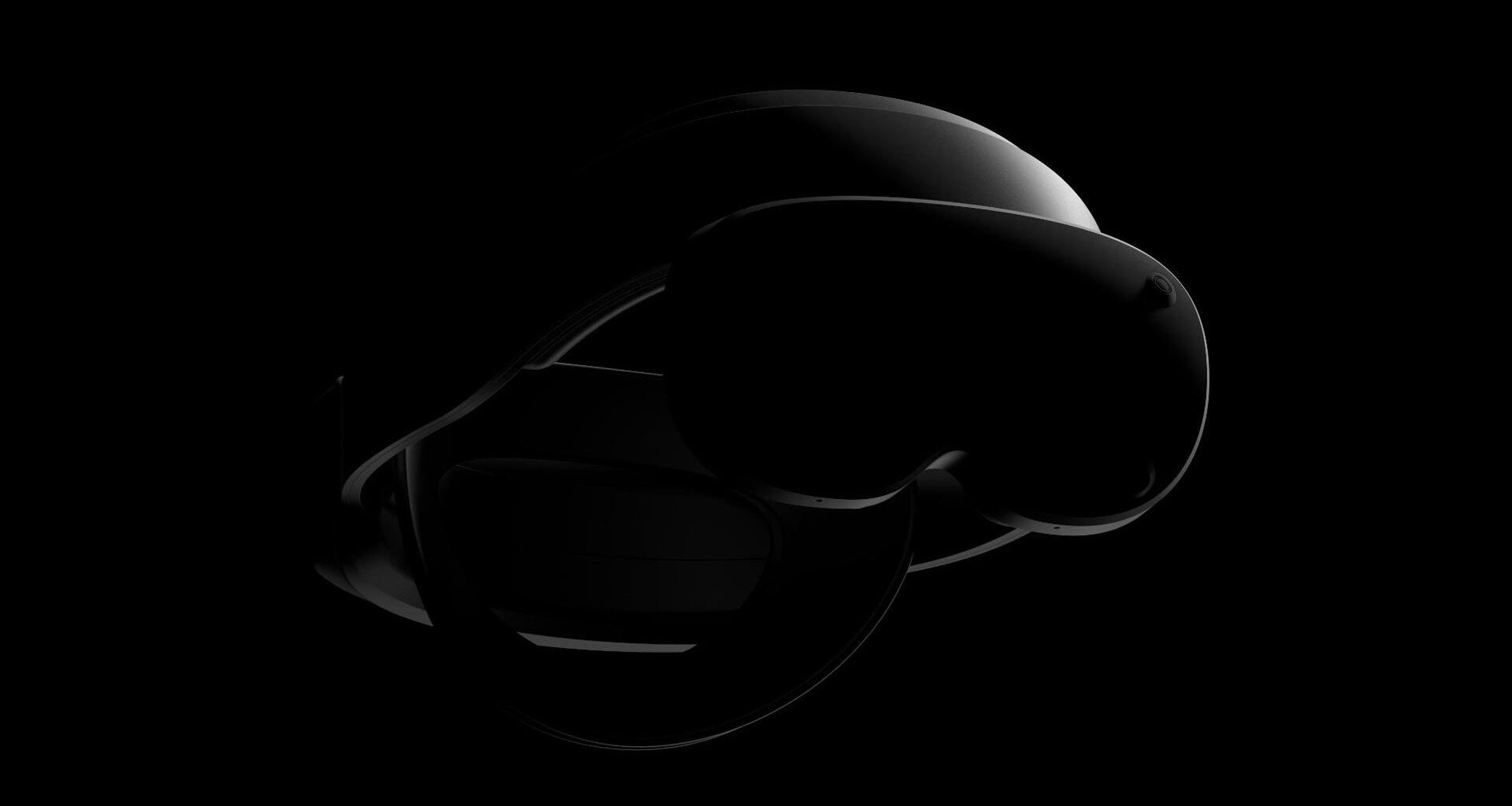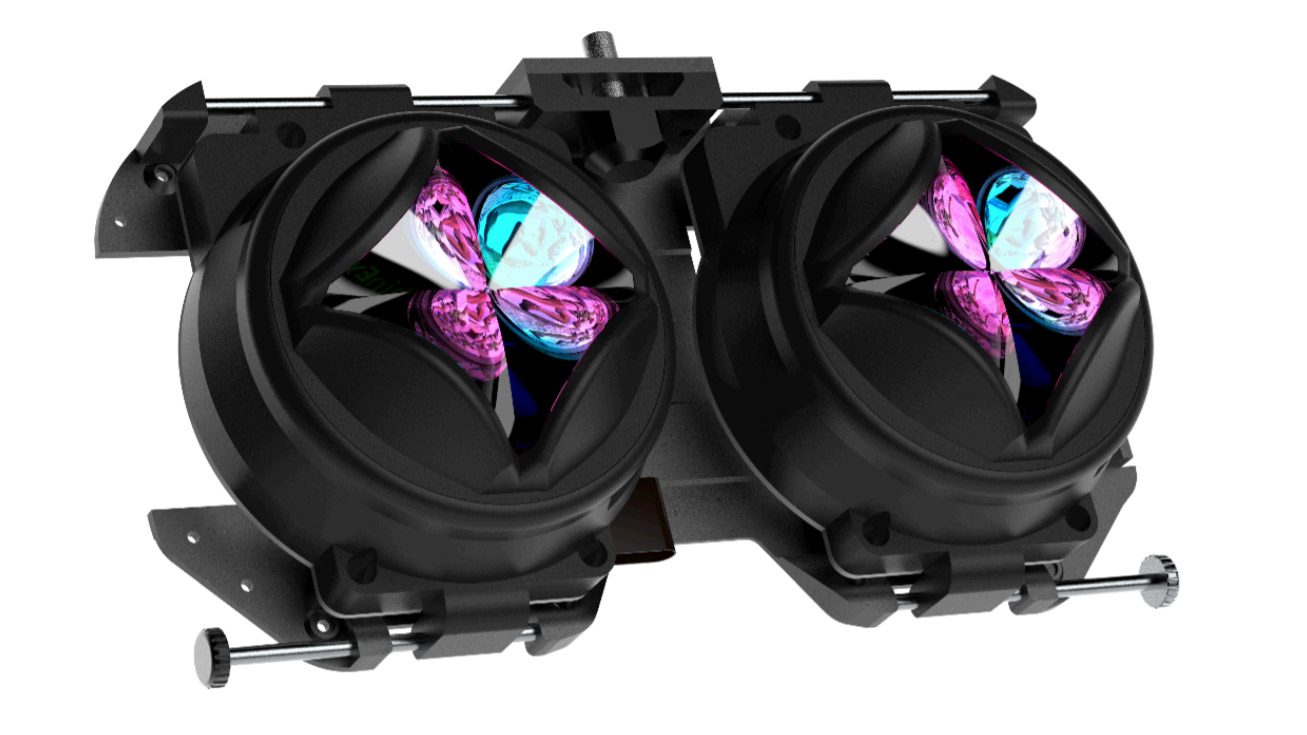Lynx teased its next mixed reality headset, which is hoping to target enterprise and professional users across training and remote assistance.
The News
At MicroLED Connect last month, Lynx CEO Stan Larroque announced he aimed to reveal the company’s next mixed reality standalone sometime in mid-November.
However Somnium CEO Artur Sychov and major investor in the company beat Lynx to the punch by posting a cropped image of the France-based company’s next device.
I will just say this – Lynx next headset news is going to be wild… 💣
Sorry @stanlarroque, I can’t hold myself not to tease at least something… 😬😅
October & November 2025 will be 🔥 pic.twitter.com/XidrdTqqlp
— Artur Sychov ᯅ (@ASychov) October 10, 2025
In response, Larroque posted the full image, seen above. Here’s a version with the white balance turned up for better visibility, courtesy MRTV’s Sebastian Ang:
 Modified image courtesy Sebastian Ang
Modified image courtesy Sebastian Ang
There’s still a lot to learn, including specs and the device’s official name. From the image, we can tell at least two things: the headset has a minimum of four camera sensors, now positioned on the corners of the device à la Quest 2, and an ostensibly more comfortably headstrap that cups the back of the user’s head.
What’s more, Lynx announced late last year the company intended to integrate Google’s forthcoming Android XR operating system into its next headset, which will also include Samsung Project Moohan and forthcoming XR glasses from XREAL. Lynx hasn’t released any update on progress, so we’re still waiting to hear more.
 Lynx R-1 | Image courtesy Lynx
Lynx R-1 | Image courtesy Lynx
Notably, Lynx R-1 concluded shipping earlier this year, which was initially positioned to target both consumers and professional users through its 2021 Kickstarter campaign, which brought in $800,000 in crowd-sourced funding.
According to Larroque’s talk at MicroLED Connect last month, it appears the company is however focusing hard on the enterprise sector with its next hardware release, including tasks like training and remote assistance.
My Take
Lynx R-1’s unique “4-fold catadioptric freeform prism” optics allow for a compact focal length, putting the displays flush with the lenses and providing a 90-degree field of view (FOV). While pancake lenses are generally thinner and lighter, R-1’s optics have comparably better light throughput, which is important for mixed reality tasks.
As a startup that’s weathered an admittedly “excruciating” fundraising environment, making the right hardware choices in its follow-up will be key though.
My hunch is the prospective ‘Lynx R-2’ headset will probably keep the same optical stack to save on development and manufacturing costs, and mainly push upgrades to the processor and display, which are likely more important to the sort of enterprise customers Lynx is targeting anyway.
As it is, Lynx R-1 is powered by the Qualcomm Snapdragon XR2 chipset, which was initially released in 2019—the same used in Quest 2—so an upgrade there is well overdue. Its 1,600 × 1,600 per-eye LCDs also feel similarly dated.
While an FOV larger than 90 degrees is great, I’d argue that for enterprise hardware that isn’t targeting simulators, clarity and pixel density are probably more important. More info on Lynx’s next-gen headset is due sometime in November, so I’d expect to learn more then.

